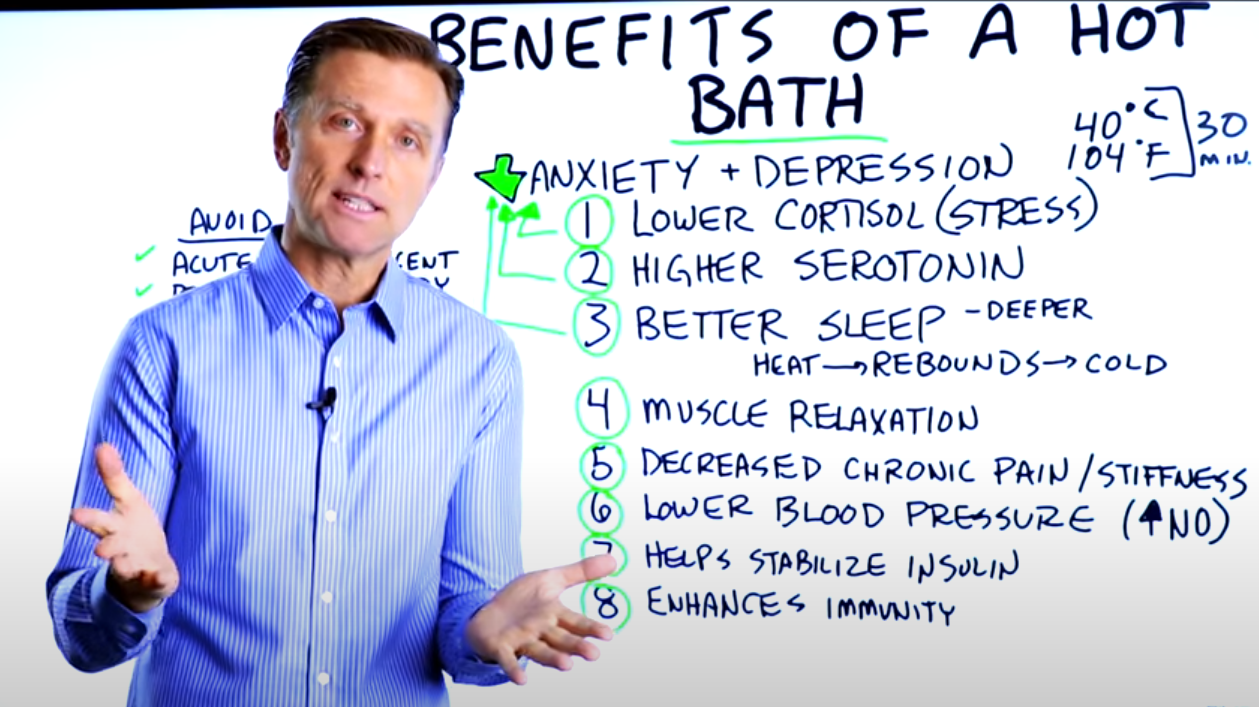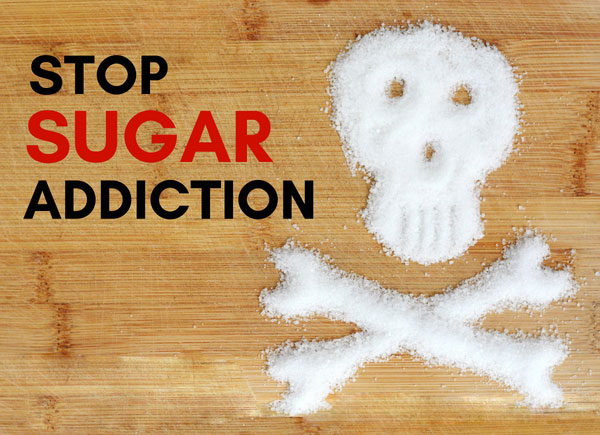
Taking a bath
It’s often quick to jump in the shower, however taking a bath has many benefits for deep relaxation.
See Dr Berg’s podcast for more details on health benefits of taking a hot bath.
Meditation – is a process using breathing techniques whilst becoming aware of the racing thoughts in one’s mind and calming these by focusing on a single point. The single point may be a particular object in your room where you are sitting. Simply focus your eyes (holding your head straight) on your chosen point, then begin to slowly stop your thoughts whilst becoming increasingly aware of your internal voice directing you towards future plans or previous events.
Ensure that you are sitting on a chair with your feet flat on the ground and your palms flat on your lap. Again ensure that your spine is straight and use a cushion to support your lower back if required.
Begin with breathing, and in particular we are going to shake up the lung to clear away any stale gases by breathing in and out fast through the nostrils for 15 to 20 times. You will feel that this is shaking up your lungs. Then breathe out fully and start to breath in for 7 full seconds and out for 7 full seconds keep this up for a period of three minutes.
When this breathing exercise is completed 3 to 5 times daily you can start to notice that your thinking is more clear and your body is feeling more relaxed and refreshed.
New studies involving Transcendental Meditation
Last month at the American Heart Association conference in Orlando, FL, researchers presented data on a nine-year study that looked at the effects of transcendental meditation (TM) on heart disease in a group of African-American patients with high blood pressure and heart disease. The study was a clinical trial that randomly assigned half of the 201 patients to practice TM twice daily while the other half received health education only. After nine years, 80% still practiced TM at least once per day and the data showed this group had 20 cardiovascular events (heart attacks, stroke, or death) compared to 31 in the group that received health education alone, a statistically significant difference. The two groups had similar lifestyle habits in terms of diet and exercise, but reported significantly less stress and had reduced systolic blood pressure by 5mmHg.
